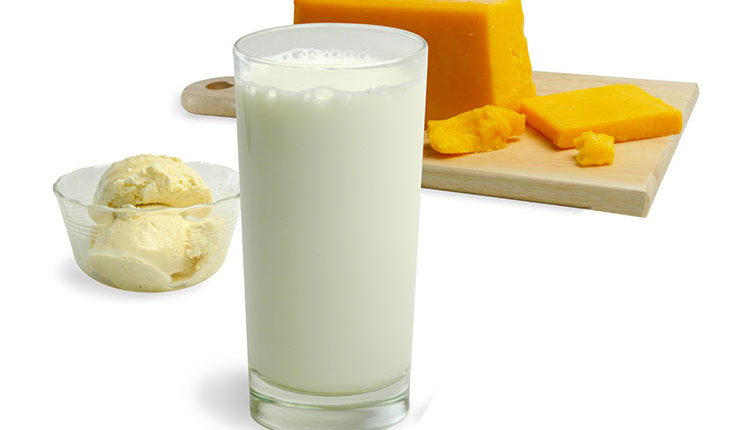Hoard’s Dairyman Intel: Farmers are getting less for dairy products
Hoard’s Dairyman Intel
June 26 2017 08:01 AM
Farmers are getting less for dairy products
By Corey Geiger, Managing Editor

When a consumer purchases dairy products at the store, just how much of that money goes to the dairy farmer?
Last year only 28 cents from every dollar spent went to dairy farmers. That number was down from 38 cents just two years earlier.
The 28 percent figure represents the lowest share of consumer spending since the 2008 to 2009 era when farmers garnered only 24 percent of the retail food dollar, according to data from USDA’s Economic Research Service.
When viewed another way, that means every time a consumer spent $10 at the grocery store on dairy products, farmers received $2.80 from dairy product sales in 2016. The remainder of the money went toward processing, transportation, retailers, and other venders in the supply chain.
In order to make this calculation, economists poured through data from the Bureau of Labor Statistics to determine who gets what share of money from consumer purchases.
Not all dairy products are equal, as some products return more or less to those producing milk.
Whole milk: Fluid milk represents the high-end of returns, as dairy farmers received 47 percent of the retail food dollar for whole milk. The previous high was 61 and 54 percent posted in 2013 and 2014, respectively. Since 2000, the range has been 40 to 61 percent with 2009 being the low mark.
Cheese: This product tends to mirror the larger dairy basket and posted exactly the same numbers in the two previous years at 29 percent in 2015 and 28 percent is 2016. The category topped out in 2014 when there was a 38 percent return to the dairy farm. Since 2000, the range has been 24 to 38 percent.
Ice Cream: This is the lowest return product with only 17 cents from every dollar going to dairy producers last year. The lower farm share of ice cream is linked to the additional nondairy ingredients and further processing of the product. Like all other dairy product categories, 2009 also was the low point for ice cream at 12 percent with a range of 12 to 22 percent since 2000.
Dairy farmers’ share of the retail food dollar tends to track higher during high milk prices. Of course, 2014 represented one of the best milk price years in modern dairy history.